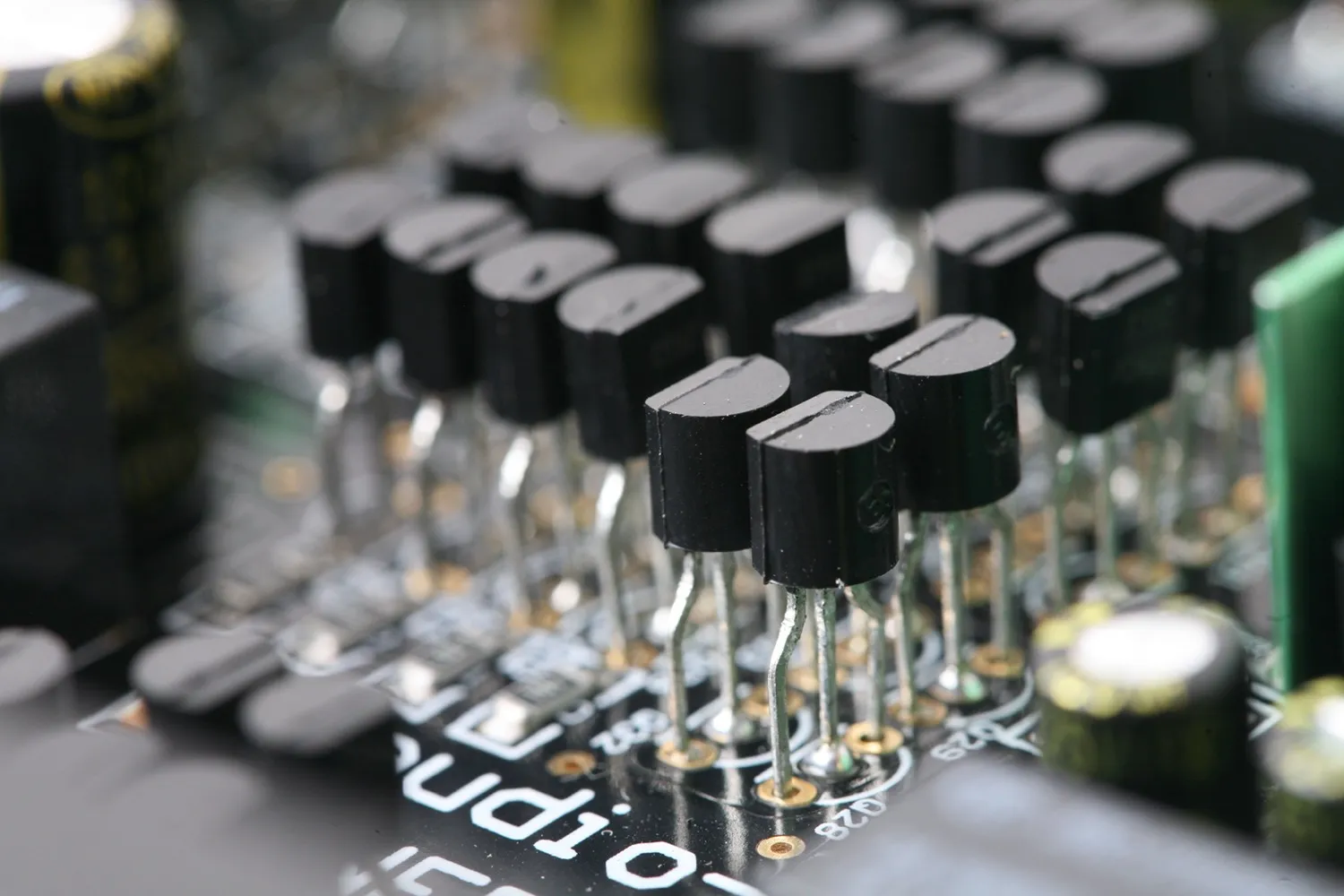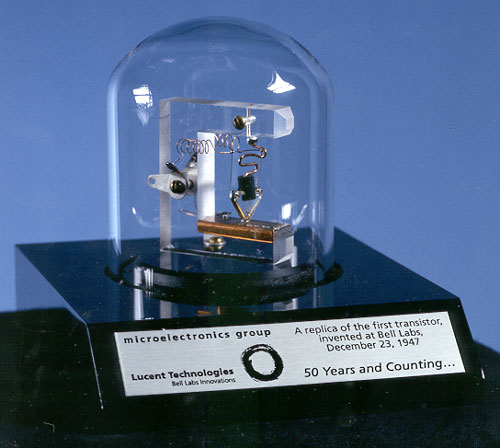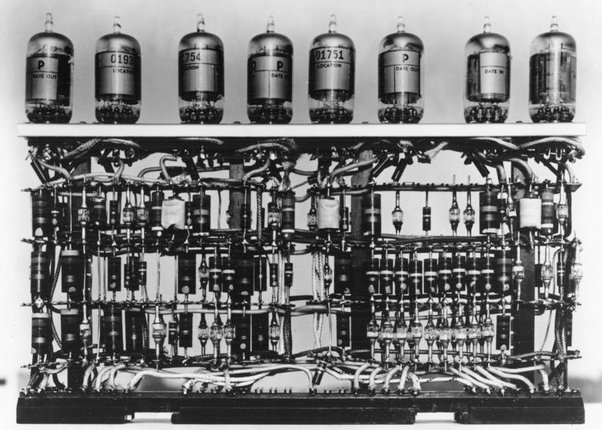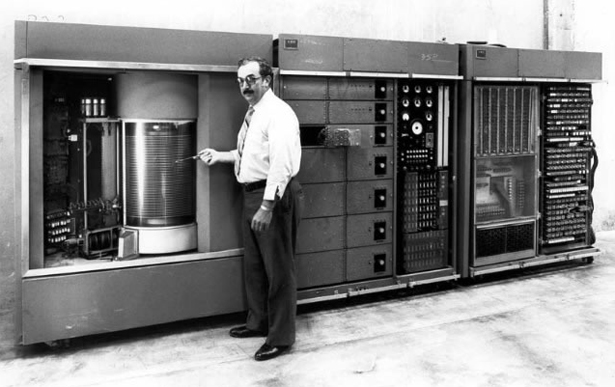Transistors have been working for
Since December 23, 1947 00:00:00 UTCTransistors are the building blocks of modern computing.
Even this website is powered by transistors.


The invention of the transistor is the turning point in human technology, and is the key to the development of modern computing.
Transistors consists of three terminals - a collector, an emitter, and a base. How it works is simple - when there is an electric current flowing to the base terminal, the switch "turns on", and another current is allowed to pass from the collector to the emitter. This seemingling negligible function is the basic building block of all modern computing, as it allows for the ability to automate the control of an electric current.
After WWII, in Bell Laboratories, a research arm of the American company AT&T, the first working model of the transistor, the point-contact transistor was invented by John Bardeen, Walter Brattain and William Shockley (Rockett et al). Later in 1948, Shockley came up with the improved bipolar junction transistor, which entered into production and widespread use in 1950.

Before the invention of the transistor, clumsy vacuum tubes were used.
Vacuum tubes are predecessors to the transistor. They occupy more space, generate more heat during use, more fragile, and more expensive to fix, while serving the exact same function as the transistor. The invention of the point-contact transistor enabled mankind to progress in down-scaling electronic devices for more computing power per unit of space occupied.

Through 1950~1970, development of semiconductor technologies skyrocketed. New innovations during this period built the foundation for the invention of the final product, the MOSFET transistor, which is used in most modern electronic devices, even nowadays.